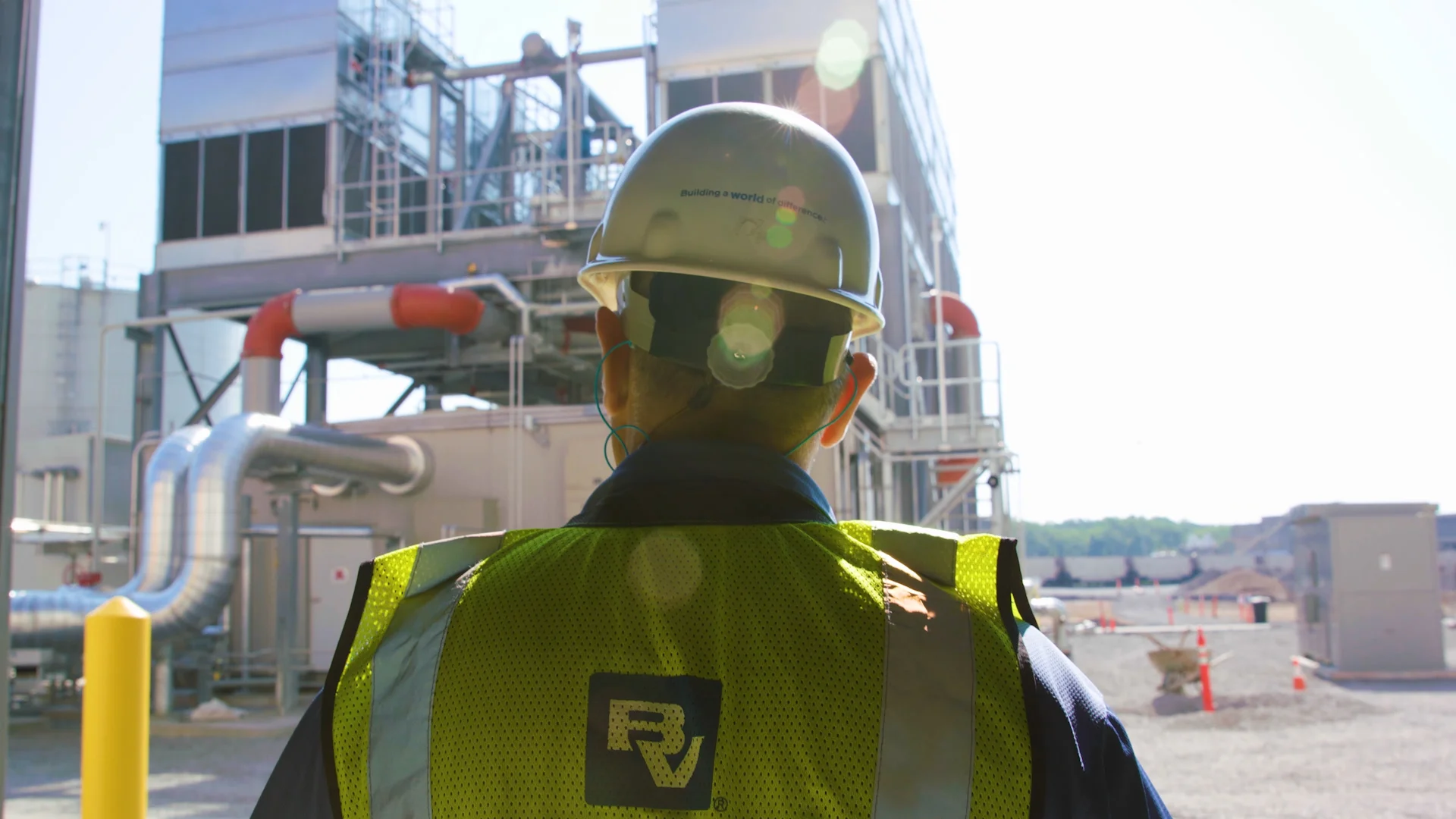Five Reasons to Build in Cybersecurity from the Ground Up

In today’s fast-evolving threat landscape, cybersecurity is no longer just about protecting digital data. Cyberterrorists are now targeting systems to control critical infrastructure, disrupting both virtual and physical operations. Traditionally, organizations have taken a reactive approach, “bolting on” cybersecurity measures to systems late in construction or after they've been built, which increases risks, adds costs, and complicates integration, compared to the more effective approach of embedding cybersecurity into the design and construction phases.
By moving the starting point of cybersecurity earlier in the asset lifecycle, organizations can develop resilient and scalable operations.
Five Reasons to Move the Starting Point of Cybersecurity
When cybersecurity best practices are established during design and construction, organizations can create more secure, adaptable environments that are better equipped to handle present and future threats. This proactive approach also helps avoid the complications and costs of retrofitting security measures into existing systems. Chief Information Security Officers (CISOs) and other cybersecurity executives should consider the following five benefits of integrating cybersecurity as early as possible:
Modern and Flexible Systems
New facilities can take advantage of the latest cybersecurity technologies and hardware, creating Operational Technology (OT) environments that are designed to be secure from the outset. Modern systems are built to be scalable, allowing organizations to quickly adapt as new technologies and threats emerge. This approach also enables safe integrations of beneficial advancements in artificial intelligence (AI) and machine learning (ML).
Reduced Operational Disruptions
Organizations can avoid the operational disruptions that typically occur when retrofitting security measures into existing systems. Once the facility is up and running, it will already be equipped with robust security measures, reducing the risk of future downtime.
Improved Network Architecture
Designing network security from the ground up enables the creation of secure zones within the network, separating Information Technology (IT) and OT systems while implementing segmentation and other robust security measures. This reduces the risk of unauthorized access and creates a more resilient architecture.
Cybersecurity-First Culture
Starting fresh with a new facility allows organizations to improve workplace cultures to be more cybersecurity-conscious. Employees are more likely to adopt secure practices as part of the foundational operations, cultivating a more secure environment of team accountability. This approach also highlights missing security controls in other areas of the facility “fleet”.
Regulatory Compliance
New facilities can be designed to comply with the latest cybersecurity regulations and standards from the start, ensuring that organizations avoid potential penalties and operational shutdowns during future audits. Designing a scalable solution also allows organizations to seamlessly upgrade security protocols as new regulations come out.
Multi-Phased Cybersecurity Implementation in New Facilities
Key Strategies to Maximize Cybersecurity in New Construction
To optimize the cybersecurity of a new facility, organizations should prioritize several key strategies during the design and construction phases:
Physical Security Measures
Designing facilities with multiple layers of physical security (such as controlled entry points and perimeter defenses) prevents unauthorized access. Creating security zones based on criticality of the system or data sensitivity offers better protection for high-risk areas.
Secure OT and IoT Devices
Early implementation of security controls for Internet of Things (IoT) devices and OT systems guarantees that these systems are protected from the outset. Organizations should consider using encrypted communication, biometrics, or other access controls to limit unauthorized access to sensitive areas.
Redundant and Backup Systems
New facilities should be designed with uninterruptible power supplies (UPS), backup generators, and redundant controllers to keep critical systems operational during outages. In addition, redundant data storage solutions—on-site or off-site—mitigate the risk of data loss in the event of a cyberattack.
Creating Robust Cybersecurity Foundations from the Ground Up
The traditional approach of retrofitting cybersecurity into existing systems has proven inefficient and costly, leaving organizations vulnerable to modern threats. By shifting the starting point of cybersecurity to the design and construction phases of new facilities, organizations can build secure, adaptable environments that are prepared for the evolving threat landscape. With this proactive approach, organizations can significantly reduce costs, improve security, and build a foundation for resilient, forward-thinking operations. In our increasingly connected work, building security from the ground up is quickly becoming necessary for the safety and continuity of critical infrastructure. Learn more about Black & Veatch’s industrial cybersecurity solutions here.
Contact Us
Looking for a partner in innovation?
Let's Talk
